Inside Kohler’s Century-Old Wisconsin Factory
Touring the American-made manufacturer of brass, porcelain and steel sinks, bathtubs and toilets
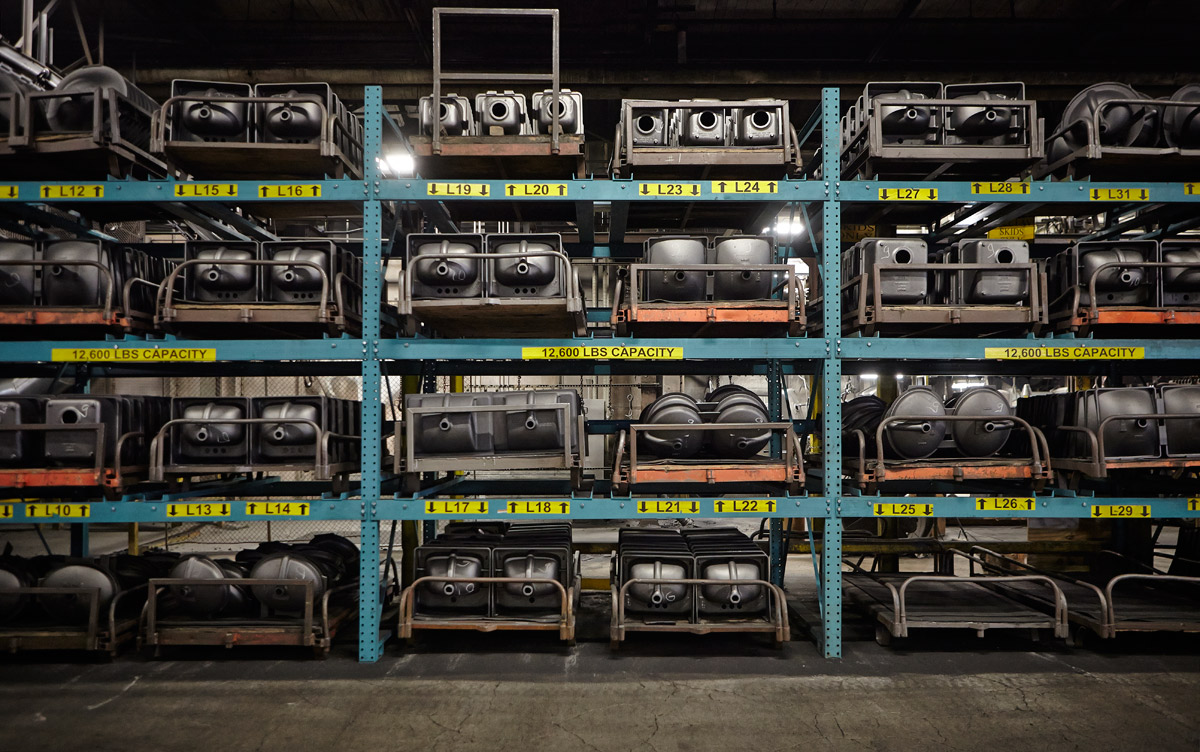
There’s a great number of things we interact with on a daily basis that are too easy to assume have been made by machines. Take, for example, toilets, sinks and bathtubs. These steel, porcelain and brass pieces of industrial design are so commonplace that it’s nearly impossible to image a human hand touching each in their fabrication process. Though as we saw during a recent visit to Kohler, even incredible advancements in technology can’t entirely replace the human eye, mind and muscle. Here, at the Village of Kohler in Wisconsin—a community of over five square miles designed by the famed Olmsted brothers—we had the privilege to explore the company’s historic company headquarters, artists’ studios and of course, the foundry, brass and pottery factories—opened in 1906, 1926 and 1927 respectively.
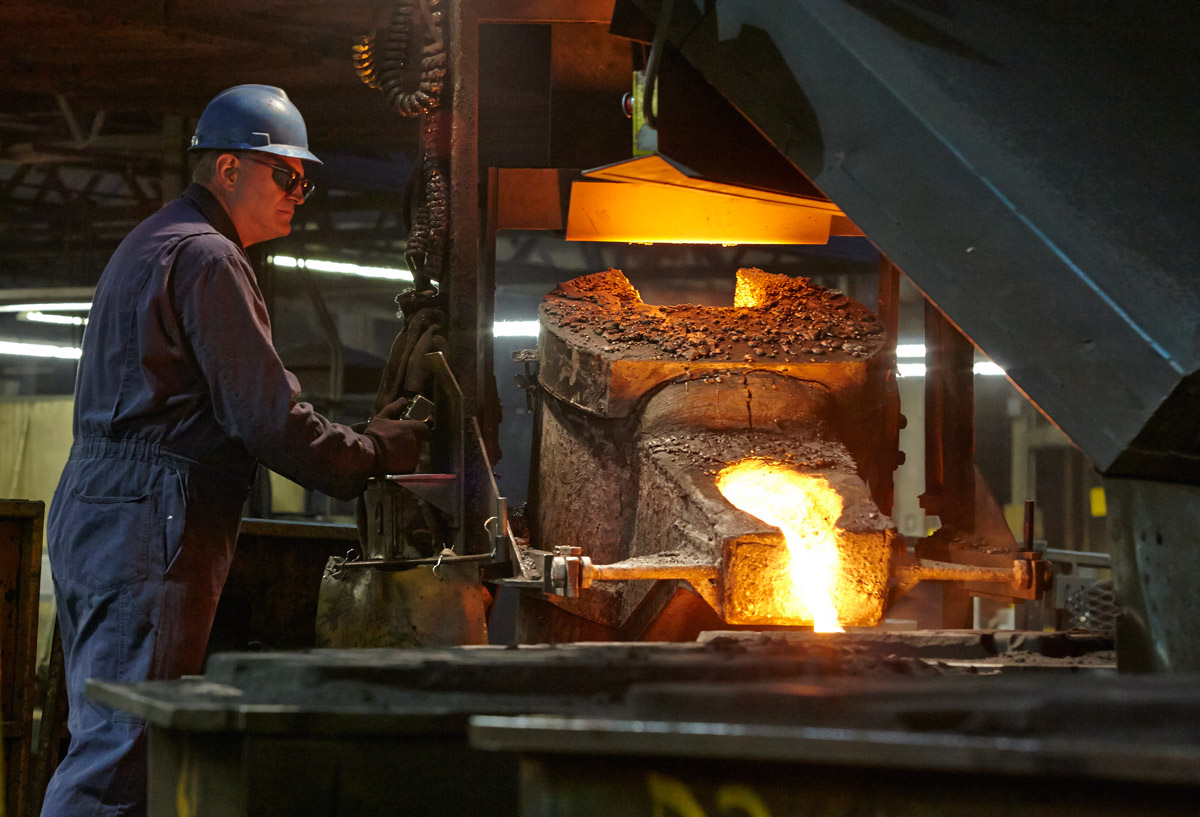
Stepping inside the multiple football-field-sized buildings quickly put things in perspective, encouraging tour attendees to see first-hand the numerous steps and manual labor that go into creating each and every product to bear the Kohler name. It is here that it became evident we were witnessing a genuine tradition—one that was born out of necessity in the late 1800s and has continued to ensure the world’s finest products stay at such a caliber. Founded in 1873 when Austrian immigrant and businessman John Michael Kohler purchased a foundry in rural Wisconsin, the company began its ever-impressive rise to prominence just 10 years later when they heated a steel tub to 1700º F and sprinkled enamel powder on it, creating the world’s first bathtub—or “hog scalder” as it was so poetically called. Today, the brand’s foundry still produces its products in roughly the same way.
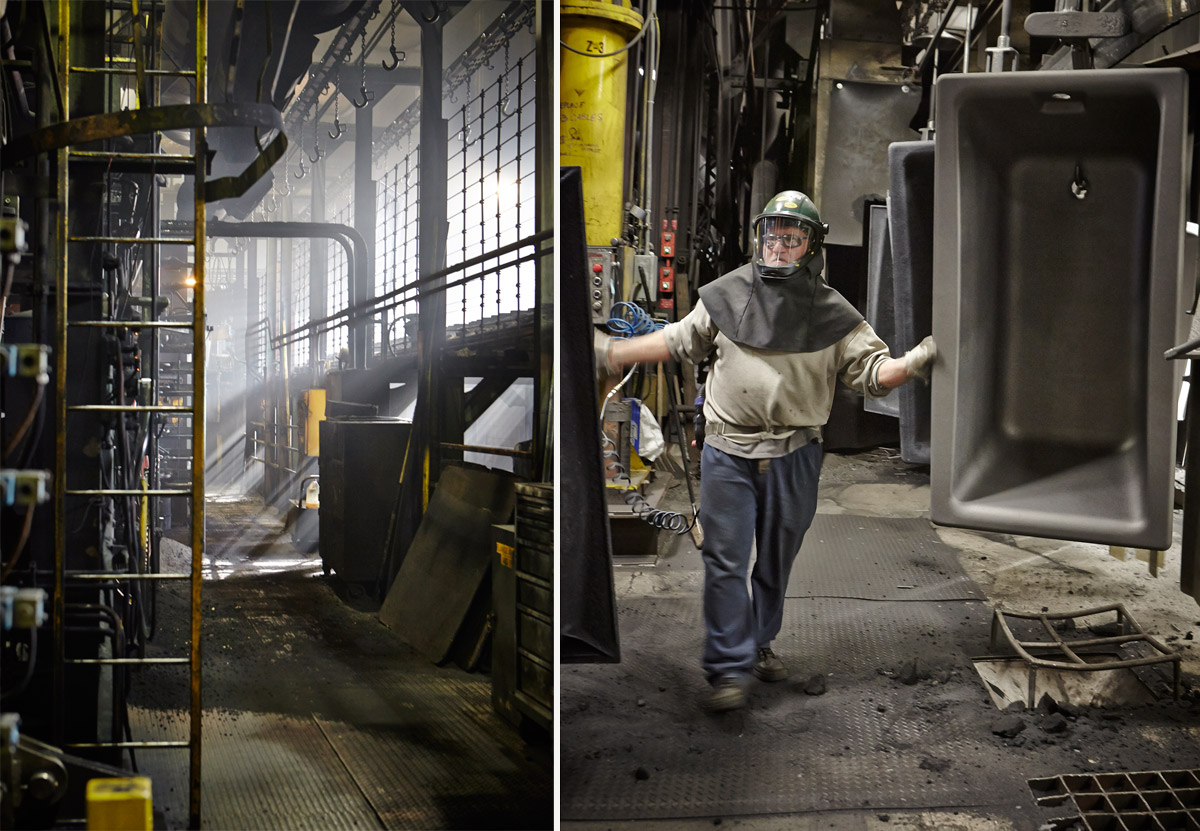
While the whirl of steam and molten steel was captivating in its own right, such large-scale steel items are difficult to imagine being made in any other way. For us, it was the pottery factory that was most surprising. Watching a porcelain toilet be crafted by hand—from pouring the molds to joining multiple pieces together and ultimately firing the finished products in semi truck-sized kilns—made us look at an item we are so intimately familiar with in an entirely different way.
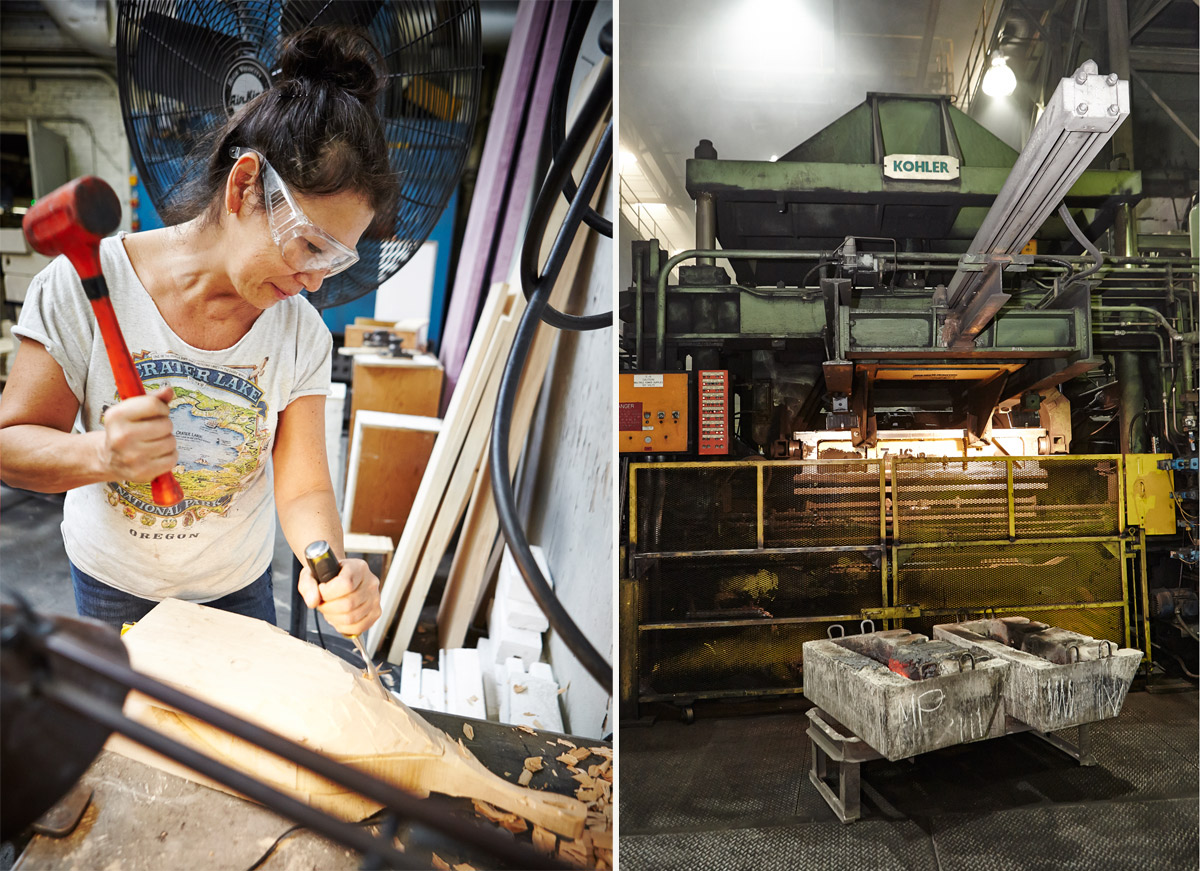
Throughout each facility—and deeply engrained in the company as a whole—an enthusiastic effort to be ecologically responsible is evident. Water used in the finishing process in the ceramic division is filtered and sent to the brass factory for machine cooling. Broken and imperfect clay moulds—prior to firing—are simply returned to the clay dispensary and watered down to be made into another piece at another time. Finished products discovered to be faulty in any way (Kohler only sells perfect pieces) are ground down and sold to Wasau, Wisconsin to be recycled into pavement and things of the ilk. Additionally, radiators on the roof capture excess heat from kilns, which is then used to heat water that is again used in a unique moisture-propelled drying process.
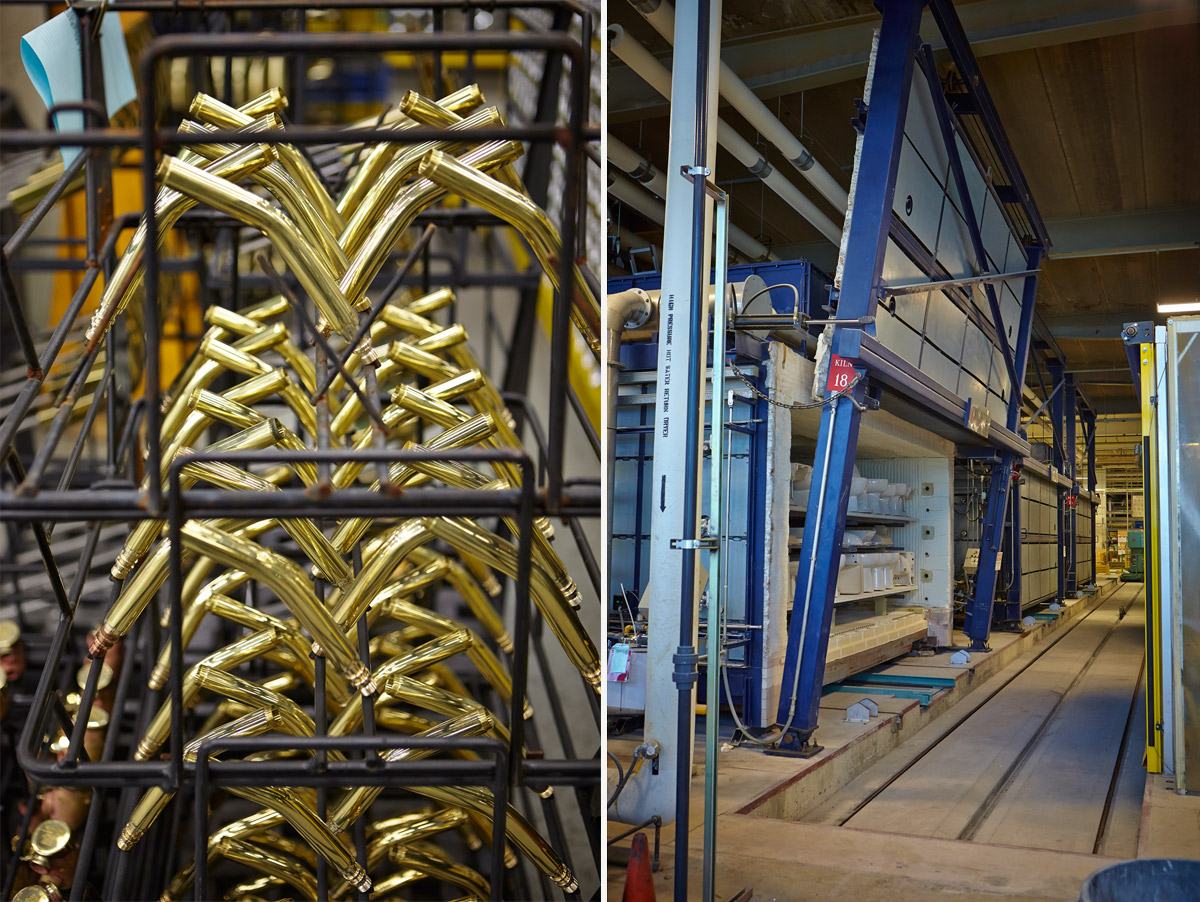
In addition to the factory tour, we had the opportunity to visit the expansive 36,000-square-foot Kohler Design Center where the level of sophistication was hammered home. Having designers and manufacturers a stone’s throw away from one another fosters a spirit of innovation and experimentation. “There is something amazing about seeing the materials actually poured and finished. The factory has so many smells and sounds that people will probably never know about, but it all somehow becomes a part of the process and makes what we do a bit more personal than just sending a file off to another factory and seeing what we get,” says Monty Stauffer, Kohler Industrial Designer, Material and Process. “As a designer, we can only design so much into a product before we have to let the manufacturing process take over and see if what our vision is can actually be made. Without being as close as we are to the factory I feel we would be behind in what we have discovered we can do.”
Tours are open to the public, and have been since 1926. For more information on all things Kohler, visit them online.
Images for Cool Hunting by Kohler


















